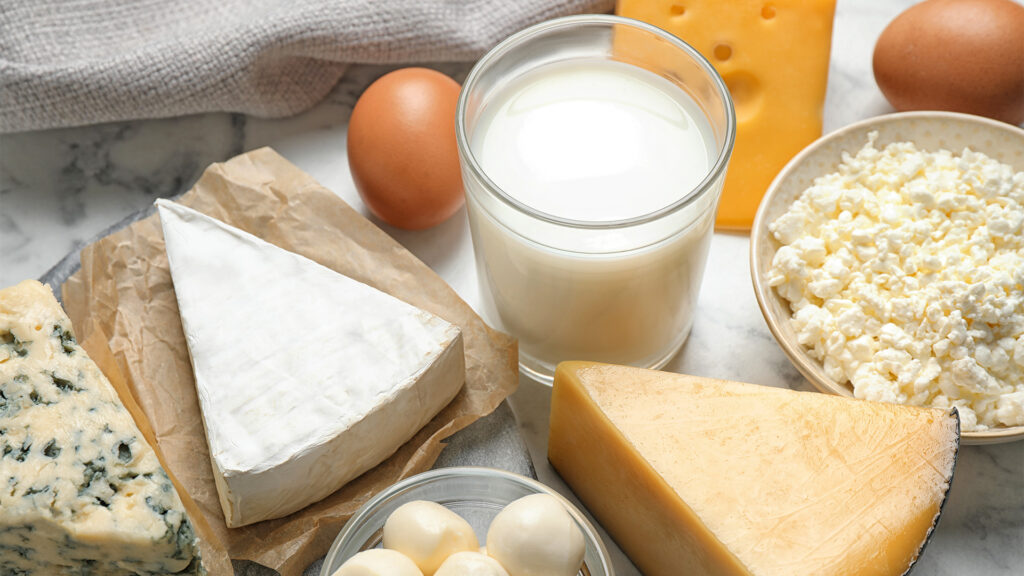Fonterra, the world’s largest dairy company, reported a record net profit of $NZ1.6 billion on Thursday, signaling substantial gains in milk, cheese, and other dairy products. Shareholders can anticipate record dividends of $NZ1 per share for the year.
The co-operative distributed a 10 NZ cent first-half dividend and a 50 NZ cent special dividend from asset sales overseas. Furthermore, it announced a final dividend of 40 NZ cents. However, it is unlikely that 2023-24 will replicate this financial windfall, with Fonterra predicting reduced earnings due to softening global dairy prices.
The company posted earnings per share of 95 NZ cents, up from 36 cents a share in 2021-22. However, their early forecast for the new fiscal year starting on August 1 indicates earnings between 45 and 60 NZ cents per share—potentially halving at worst or dropping by around a third at best.
The initial estimate for the Farmgate Price of milk solids in 2023-24 is $NZ6.75 per kilo, a 17% decrease from the $NZ8.22 per kilo reported for 2022-23, leading to reduced earnings projections.
This suggests that the Co-op may generate less revenue in the current fiscal year compared to the $NZ24.6 billion from continuing operations reported for the year ending July 31. This increase of over 12% from 2021-22 was attributed to the absence of Covid restrictions and a more stable outlook, resulting in increased ingredient sales worldwide.
Consequently, the company raised statutory earnings by nearly $NZ1 billion from $NZ583 million in 2021-22. Underlying earnings also rose to $NZ1.3 billion from $NZ738 million a year ago.
Fonterra performed well despite declining global dairy prices during the year. An advance payment system was established to assist farmers in coping with lower prices.
CEO Mike Hurrell attributed the impact on the 2022-23 Farmgate Milk Price to “reduced demand for whole milk powder from key importing regions.” As the fiscal year progressed, Global Dairy Trade prices dropped, with the average whole milk powder price down 16% compared to the previous season.
Despite this weakness, Fonterra’s largest business unit, ingredients, witnessed a doubling of earnings to $NZ1.2 billion. The company’s global markets team secured new contracts and tenders in Asia Pacific and Africa, helping to clear excess inventory from the previous year. Higher sales of protein products such as casein and cheese contributed to improved profit margins.
Hurrell stated, “There were a number of key drivers that helped us deliver this result, including favorable margins in our ingredients channel, especially in the cheese and protein portfolios.”
Fonterra’s foodservice business also experienced significant improvement, with profits surging from $NZ70 million to $NZ241 million. This boost was attributed to price increases and the reopening of the Chinese economy earlier in the year, stimulating demand.
However, there were drawbacks as losses in Fonterra’s consumer business escalated to an annual loss of $NZ164 million from $NZ27 million. Hurrell noted that the operating performance of the consumer channel strengthened in the second half of the year due to improved pricing. As a result, the co-operative wrote down the value of the Asia Brands business by $NZ101 million and its Fonterra Brands New Zealand business by $NZ121 million, reflecting a long-term outlook. Nevertheless, these impairments were offset by the $NZ260 million profit from the sale of Fonterra’s Soprole business in Chile.

